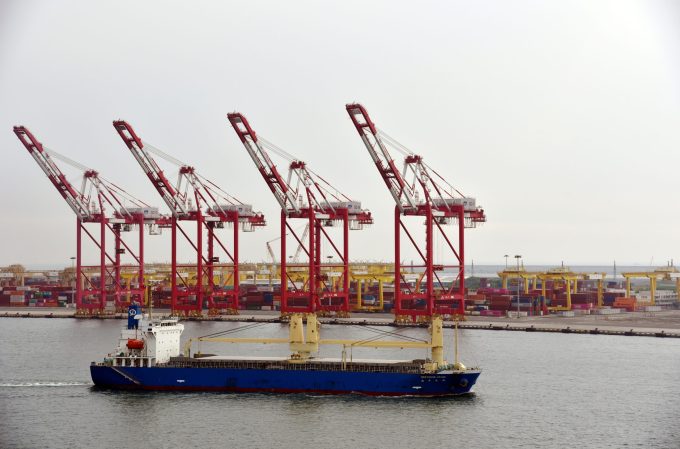Maersk Saltoro delay may mean multi-million dollar claims for cherry shippers
Chile’s cherry exporters could be looking at multi-million dollar losses after their shipments on the ...

Indian importers, struggling to find space on containerships out of China amid deteriorating supply-demand mismatch – are increasingly turning to breakbulk services to keep their supply chains as stable as possible.
This conversion of some traditionally containerised cargo into breakbulk or multipurpose tonnage is a replay of pandemic-era shipping.
According to industry sources, there are breakbulk opportunities for Indian shippers and freight forwarders unable to secure space on containershipsas well as facing rocketing spot rates.
And Cosco seems to be the frontrunner among ...
$1.5m China-built ship charge would bring return of US port congestion
Carriers warn of cargo disruption due to strikes at Munich Airport
Business calls for end to French port strikes, but unions plan more
Carriers put on a brave face amid further decline in ocean spot rates
MSC switches bigger box ships to higher-paying trades in 'landmark' move
'Think again' call – China ship fee would double US export costs
Expect a shift in airfreight market as ecommerce changes tack


Comment on this article